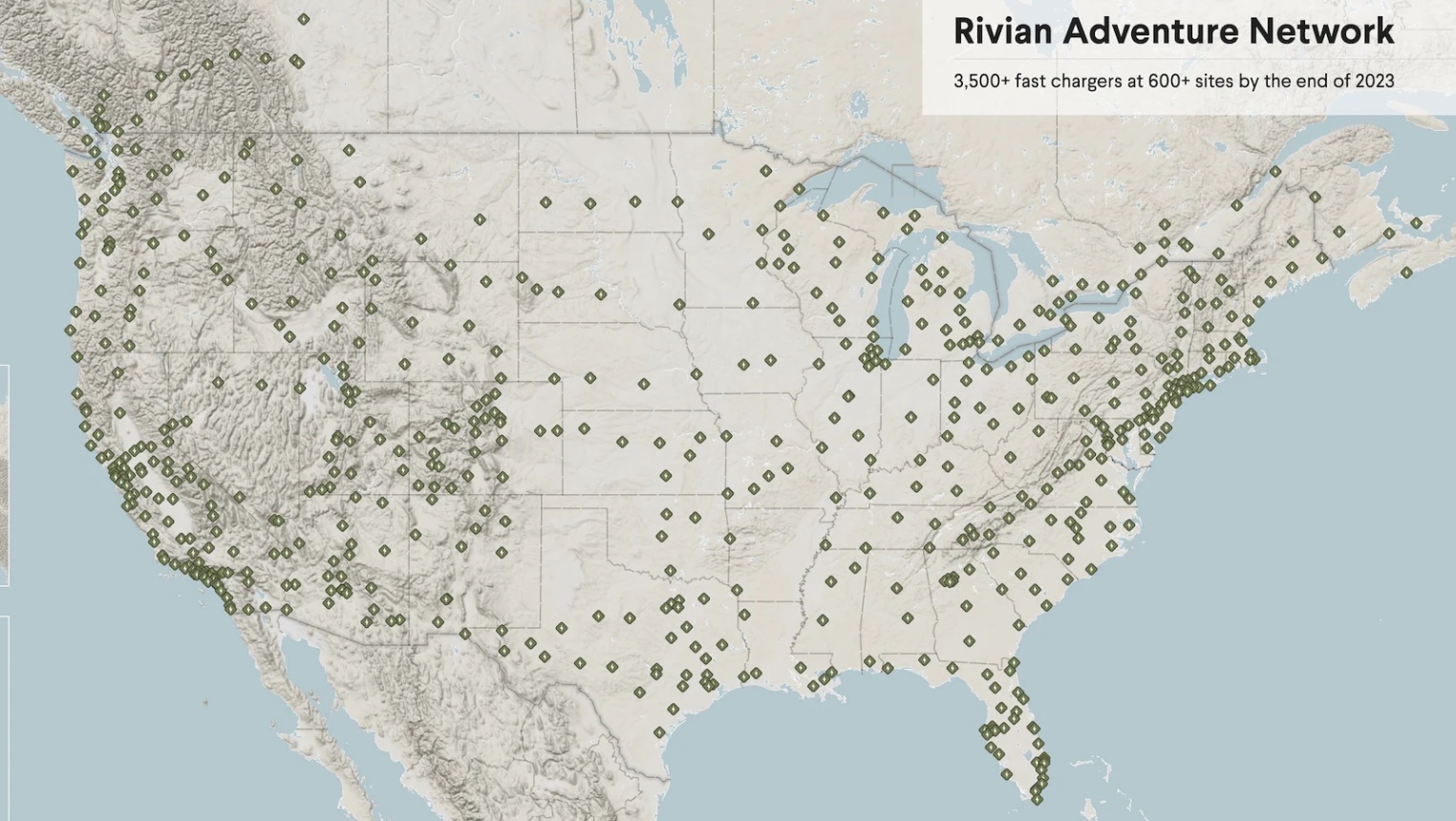The paradox of connected computing is how much information is made available to us in just a few clicks or taps — but also how this ocean of available data can overwhelm and lap over a particular bit of intel the moment we need to lay our fingers back on it.
Fire up a web browser and it’s hard to deny it’s the best of times for knowledge work. Yet working across multiple browser tabs and windows can feel like the friction-filled, frustrating worst.
This is the problem Sidekick Browser is taking aim at by adding a productivity-focused layer atop Chromium that it bills as a “work OS”.
Multiple tab hell? Sidekick’s answer is to let you work from inside apps that live in the browser, rather than scattered across multiple windows and tabs.
Apps like Slack and Skype and WhatsApp can be pinned in the sidebar in a vertical stack where you can easily find and switch between them. It also has support for multiple logins, granular notification controls and the ability to search across all these third-party apps (it offers “hundreds” currently but says users can add custom adds “which would function just like a bookmark”) right from the browser.
And for all those tabs you open up every time you go down an internet browsing rabbit hole, Sidekick offers a Sessions feature that lets you save them as a collective bundle for easy filing away — with ofc the ability to reopen and revisit again at a later click.
The built-in search also spans these Sessions so there’s no need to manually scroll back through the browser’s search history to try to track down where exactly it was you saw that reference to that randomly relevant bit of intel you breezed across one online day.
“Search across all your apps, tabs and workspaces in seconds,” is Sidekick’s alternative fix.
It’s also tackling productivity on the technical side — taking aim at browser-based lag with an “AI based tab suspension” feature that’s designed to improve on how Google’s Chrome browser hogs RAM by predicting which tabs the user is not going to use and dumping them from memory.
“Sidekick is the fastest browser built especially for work,” is its elevator-pitchy promise.
Collaboration is another core focus with features intended to help knowledge working teams be more productive as a unit; offering stuff like team role provisioning and custom workspaces to support different Session, app Sidebar and tabs set-ups, such as for a project or client.
There’s also remote configuration tools for device security; a baked-in password manager for collaborative convenience to support teams needing to share passwords; and an embedded video chat platform so you can do team chats right from the exact same browser-based workspace you’re all using.
Sidekick comes with its own ad blocker and anti-fingerprinting tech too — for a stated privacy purpose but also for an extra speed bump (i.e. via better page load times).
Also on privacy, the startup’s very public promise is “we’ll never sell your data” (and it further specifies this includes “searches, browsing history, or any personal information”).
The business model is SaaS and B2C for now, but Sidekick has designs on B2B — touting a pipeline of business-friendly features coming down the line.
And — yes, before you ask — Chrome extensions are supported.
Sidekick is announcing $2 million in seed funding led by KPCB — along with Remote First Capital and other angel investors.
Founder Dmitry Pushkarev has played and won at the startup game before, in some very different areas — having founded a DNA sequencing company (Moleculo) back in 2011, which was quickly acquired by Illumina.
Then in 2013 he left to found another business, ClusterK — focused on optimizing cloud computing resources across multiple cloud providers — which was acquired by Amazon in 2016, where Pushkarev stayed for a couple of years before getting the founder itch again.
A stint as entrepreneur in residence (EIR) at Kleiner Perkins investigating the future of work was where the germ of the idea for Sidekick was born.
The tool grabbed some early eyeballs a few months ago via Product Hunt — where Chris Messina was among its early fans, lauding the team for shaking up the browser space by combining “so many components that are essential to finding productivity as a modern knowledge worker!”.
Though Pushkarev was careful to course-correct Messina that it’s not building a full-fat browser to challenge Chrome itself (or any other internet browser).
“We do not intend to compete with browsers, they are a great choice for browsing,” he wrote. “Our goal is improve the browsing experience for work and productivity — something that, regretfully, browsers cannot do.”
The San Francisco-based startup says it’s now being used by teams at companies including Microsoft, Dropbox, Slack and Lyft. It has around 30,000 users at this point a few months after its November 2020 launch, per Pushkarev, who says the team is mostly focused on product (“activation, retention, virality”) at this early stage.
“The typical user is a knowledge worker — product managers, engineers, marketers, a fair number of students. Basically, prosumers who don’t just browse online, but do productive work and utilize communication tools,” he tells TechCrunch.
“During my EIR at KPCB, we thought a lot about the future of work, and one striking aspect of it is that today knowledge workers spend most of their time working in Browsers — a tool designed for Browsing,” he goes on, explaining the genesis of the idea for Sidekick.
“There are some important differences between how we browse and how we work, in particular — knowledge workers, spend more time working in web applications, with documents, using communications tools, accessing multiple accounts, and having to navigate a vast array of documents and projects. Unlike browsing — which is mostly search-based consumption of information.
“Clearly, these are very different use cases, but companies who make browsers today have no ability to invest in making browser better for work due to their business model — they are paid by Google or Microsoft for searches, and any complication of the UX would mean that millions of users would turn to simpler browsers and they will lose search revenue.
“We thought that it’s an unprecedented situation, where 200M professionals don’t have access to professional tools, and that the industry is so heavily disincentivized to build those. As a result, we decided to change this and invent a new category of software — Browser for Work, or how we call it internally — a Work OS.”
So what type of work/worker is Sidekick made for? “Online work with Web applications, lots of documents, communication apps, multiple accounts, and different work streams. It’s designer for prosumers and wouldn’t be the best choice for just browsing — something that would be better served by other browsers,” he says.
While the laser focus is work and productivity, Sidekick users can create multiple environments within the software — so could make other spaces more geared toward chilling out/downtime, or other purposes than work too, for use at other times.
While browsers do offer a variety of features like shortcuts and other elements aimed at increasing convenience, Pushkarev argues they simple can’t go as far as Sidekick intends to in honing a great work environment because their business model is too focused on search ads (in the case of Google Chrome) — or just because they need to be a more generalist tool for web browsing. Sidekick is therefore very much a “standalone business,” not just a nice set of enhancements any existing browser could make, in his view.
“Unfortunately, extending other browsers is not a viable path here, one has to go deep inside Chrome codebase and re-think performance, memory optimization, security, support for multiple accounts, and privacy to build a comprehensive solution,” he says.
One example of going above and beyond what a browser could or would do itself is the support it’s built for “hundreds” of third-party apps. “The reason we built this support is for better integrations — being able to display and control badges and notifications, integrate with our search, support multiple accounts and add helpful extensions,” he explains.
He also points to the New Tab Page (shown in the feature image at the top of this post), which is due to launch for all users by the end of the month and which displays “all documents that work with organized according to type, with human-readable titles, and instant search across it”.
“Without deep integration with these apps we wouldn’t be able to provide this experience and display barely usable browser history instead,” he notes.
On the business model front, Pushkarev is confident that SaaS can work — and that Sidekick doesn’t have to monetize like other browsers do (i.e. “through data and searches”) — arguing: “We are making a tool that saves hours to potentially millions of knowledge workers.”
“Another piece of the story is our B2B business, which we are building as we speak, but it’s still in early beta. In B2B, product browsers become a sort of company-provisioned remote workstations, that can be remotely configured and secured according to a role,” he adds.
“This is where the majority of our revenue comes from at the moment, but we are launching our first attempts at B2C monetization in March, by offering a subscription.”

Source: Tech Crunch










